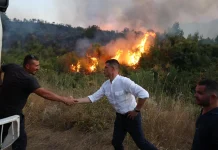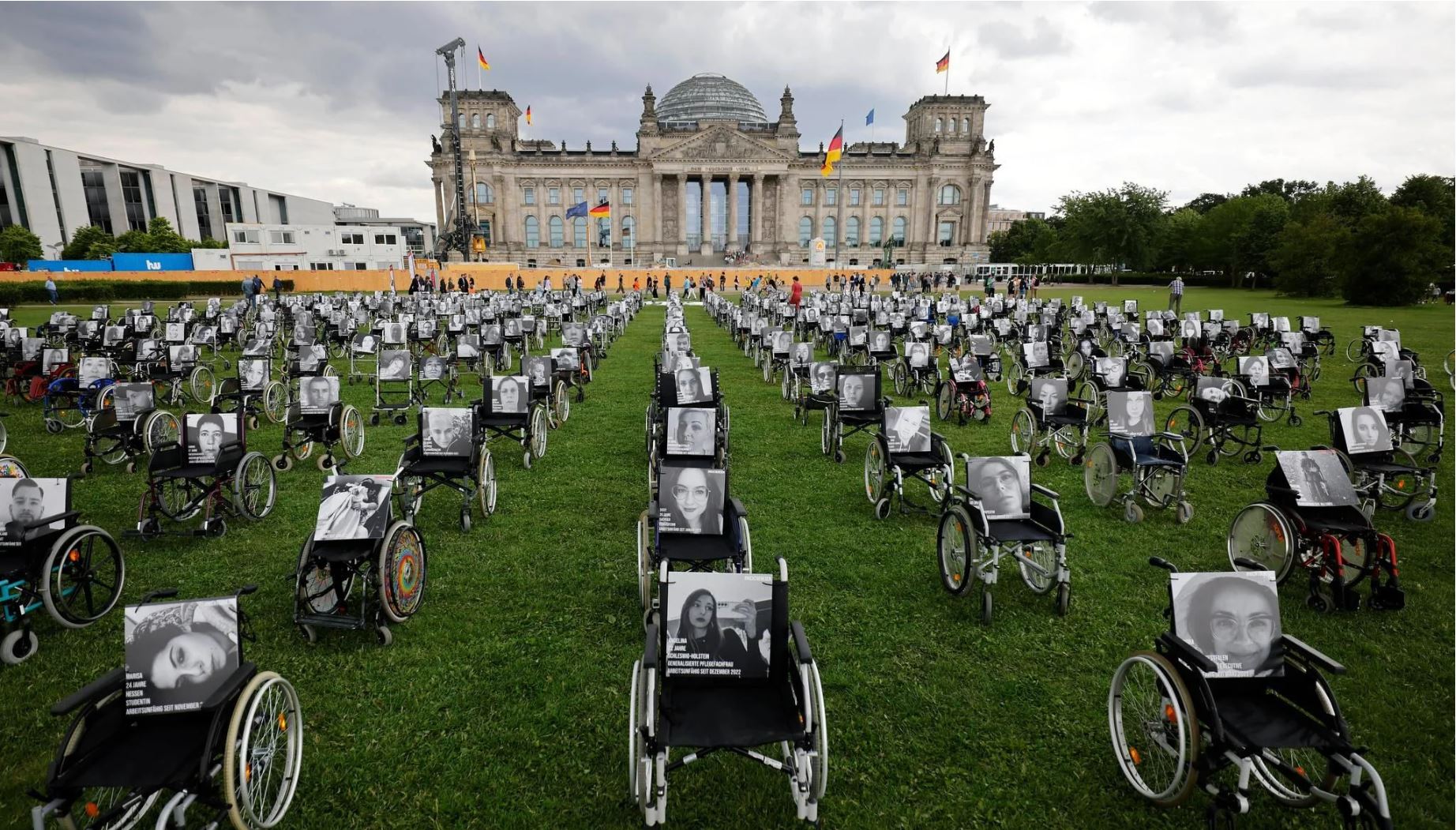By Sebi Alla – The new school is silent, lacking the voices of children and even fewer teachers. The building seems like a wasted investment, with only eight kindergarten kids breaking the quiet. Seven classrooms remain closed in the village of Gurrë e Madhe, Petrelë Administrative Unit, just 13 kilometers from Tirana’s center. However, education remains a major concern for the parents of 44 students, including 23 in primary school and 21 in the nine-year education system.
‘I have a niece in fifth grade, but for five years she has traveled daily to attend school in the village of Daias’, Ermulla Hoxha told Faktoje.al. He explained that children leave early in the morning, take a bus, and cover eight kilometers daily round trip, facing ongoing exhaustion throughout the school year. Similar situations have been unofficially reported in five other villages in the Petrelë Administrative Unit.
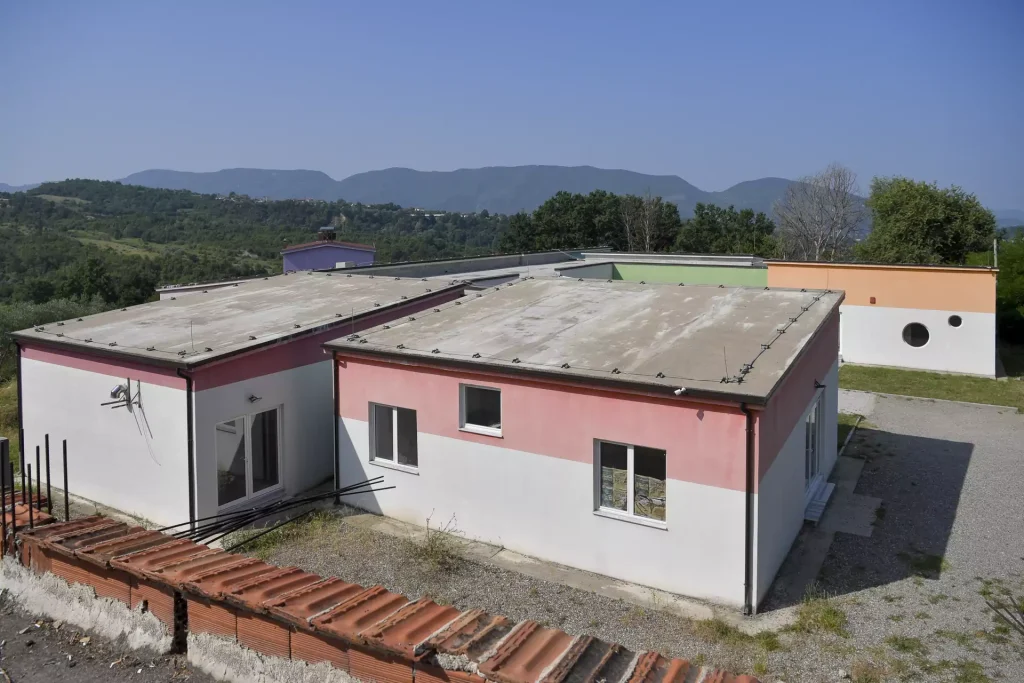
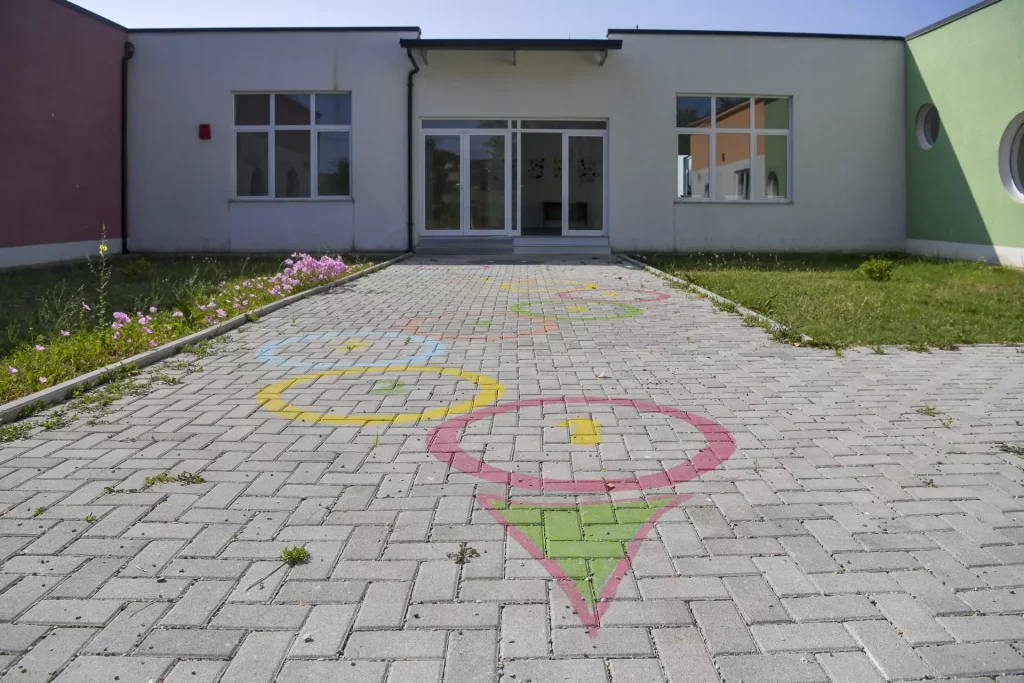
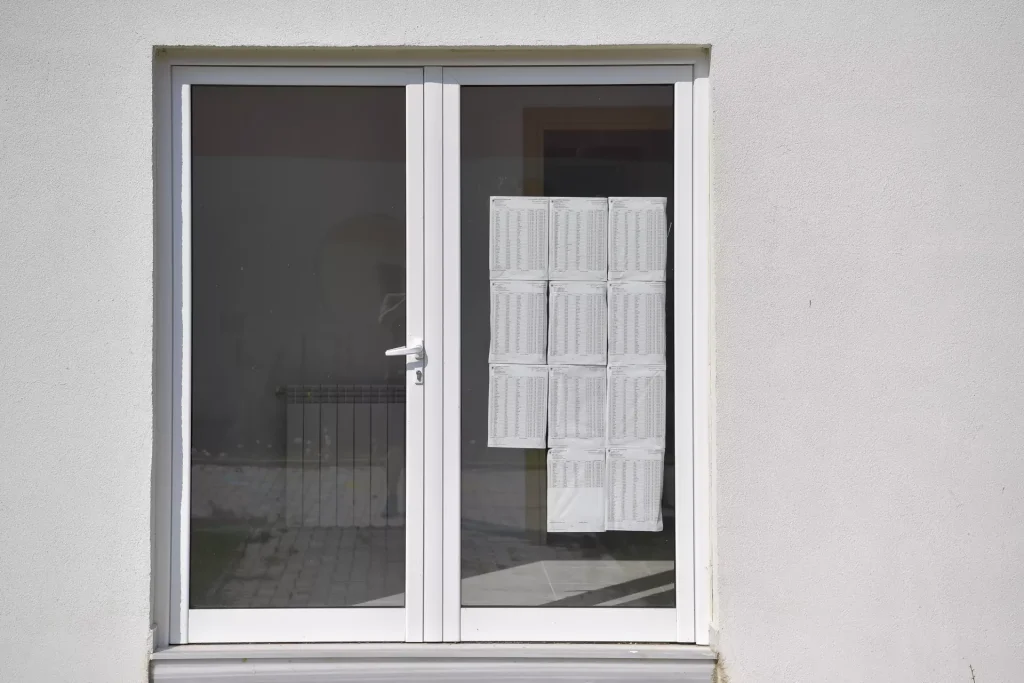
Schools and students exist, but teachers do not
At the end of last year, the Minister of Education and Sports, Ogerta Manastirliu, stated, ‘There are over 500 schools across the country that are open, with students and teachers present, as well as other structures active outside of school hours in social, cultural, and sports activities. We are talking at a time when hundreds of schools have been rehabilitated in recent years and now also feature sports infrastructure’. In many villages, especially regarding primary education, schools are available, but teachers are not appointed due to the low number of students. ‘There are many villages in the country where basic education is not provided. Even though some have schools and relatively good facilities, teachers are not assigned under the pretext of a low number of students, which is a violation and denial of the right to education’, Ndriçim Mehmeti told Faktoje.al.
Three violations…
Education expert Ndriçim Mehmeti states that in this case, as well as many others across the country, there are three violations: of the Constitution, the pre-university education law, and the ministry’s guidelines. Article 57 of the Constitution of Albania states: ‘1. Everyone has the right to education. 2. Compulsory school education is defined by law’.
Professor Mehmeti tells Faktoje.al that education should be viewed as a fundamental pillar of society, beginning from kindergartens and continuing through to higher education. ‘The state is obligated to provide educational services wherever people live, regardless of how many students there are’, says Mehmeti. Referring to this specific case, Faktoje.al cited a directive from the Ministry of Education concerning the opening of classes based on student numbers, and in cases where this requirement is not met, students should be placed in combined classes. Guideline no. 14, dated 10.07.2023, issued by the Ministry of Education and Sports, in point 2, states: In educational institutions where the number of students does not meet the requirement of point A/1 (note: point A/1 states that ‘special classes in urban areas must have no fewer than 15 students, and in rural areas no fewer than 10 students’), classes should be organized in a combined format.
Later in the same guideline, the number of combined classes is specified: ‘The number of combined classes is determined as follows: one class when the number of students from grades I-V is up to 10 students; two classes when the number of students ranges from 11 to 20’. This guideline was violated in the specific case in the village of Gurrë e Madhe, where the number of students in the primary cycle is 23. At least two classes should have been opened. ‘Since there is a school, the condition for at least combined classes is fulfilled, and education directorates must assign the necessary teachers’, says Mehmeti, adding that there are many teachers still waiting for appointments.
Faktoje.al addressed the Ministry of Education with several questions regarding the issue of school closures in rural areas and the failure to implement the directive for opening combined classes, but by the time of publishing this article, we had not received a response
Exhausted in their desks…
Professor Ndriçim Mehmeti, an expert in pre-university education, states that it is well established that physical fatigue, such as waking up early and long travel distances, negatively affects learning, especially in primary school children.
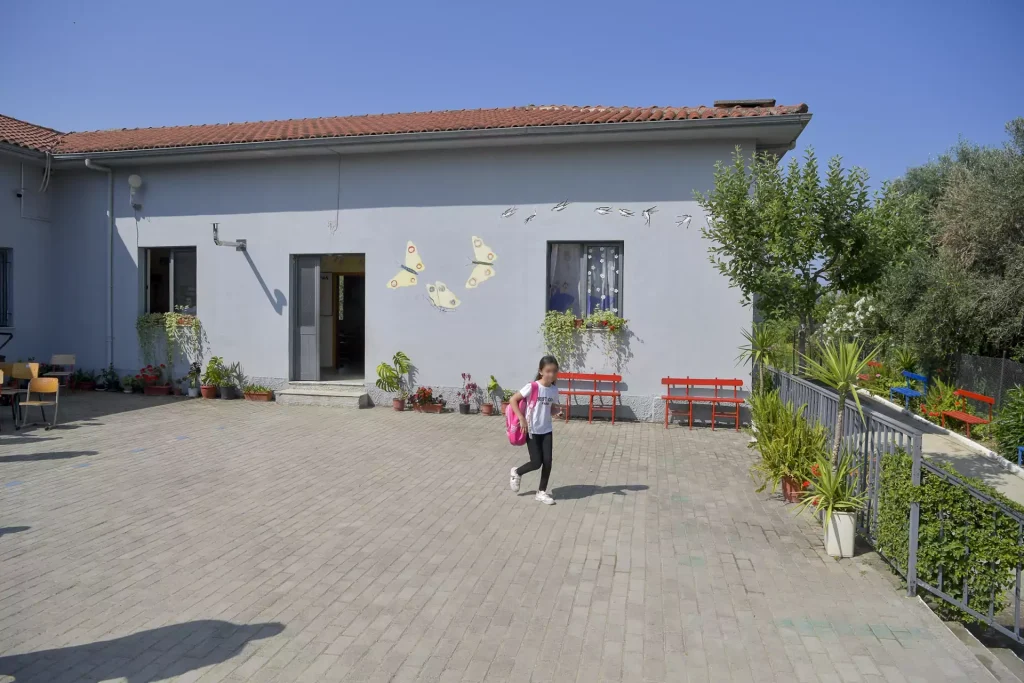
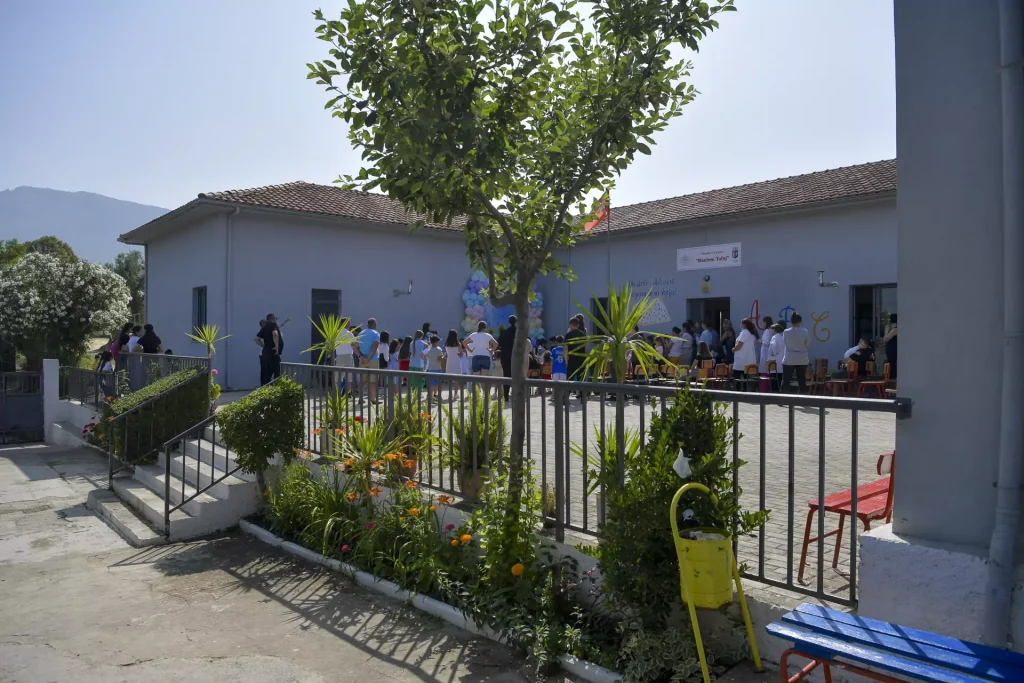
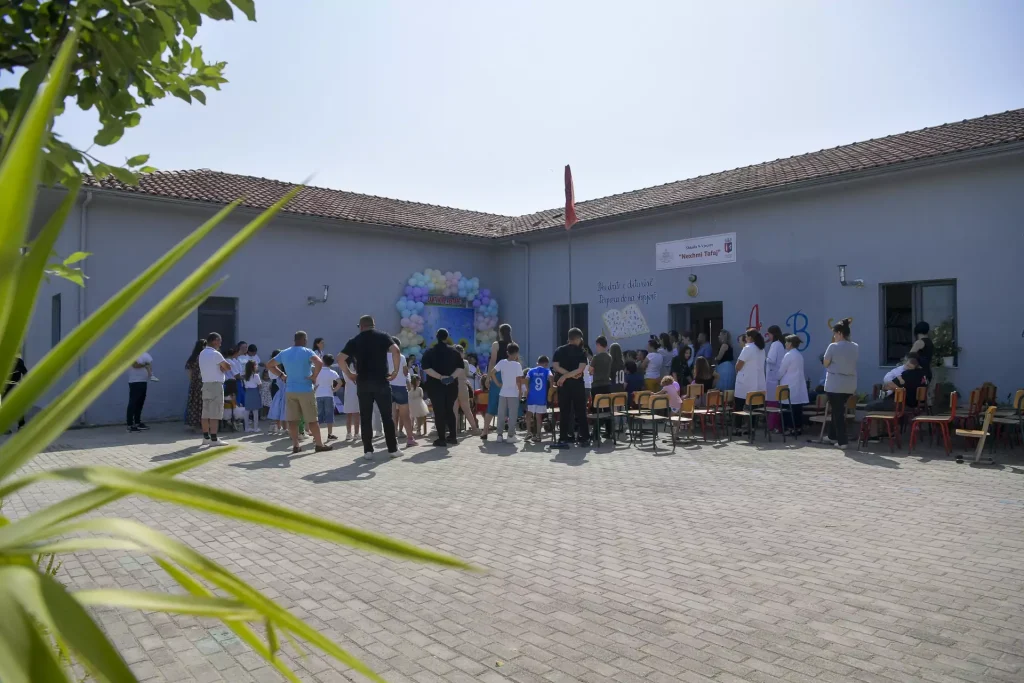
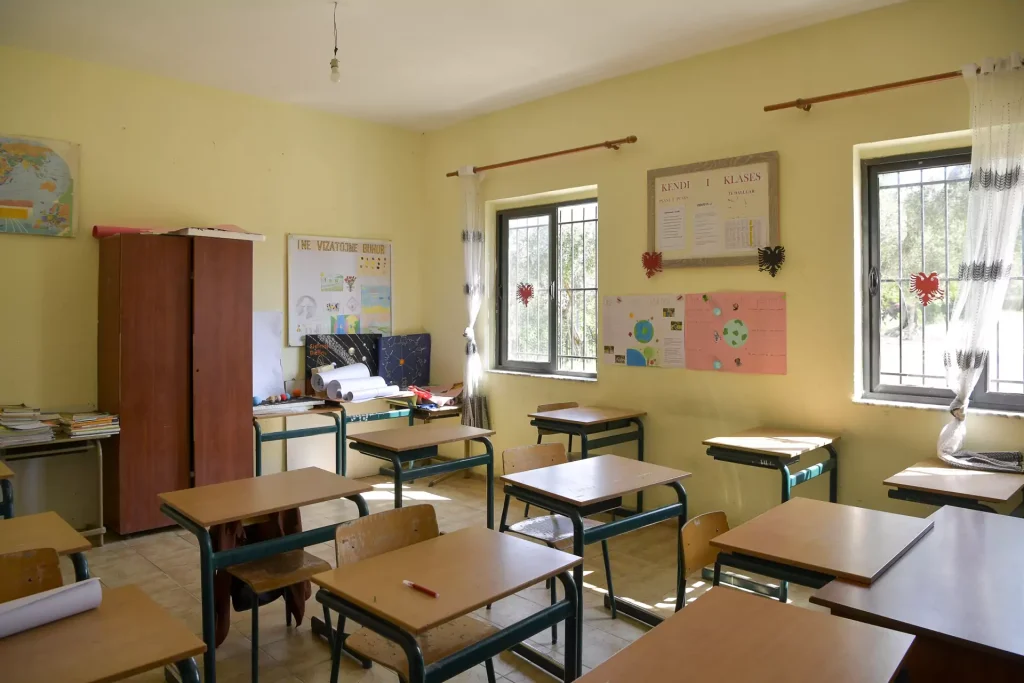
‘For a child who has to travel a long distance to school, waking up earlier is necessary. This adds to the long commute, whether on foot or by car, which decreases learning effectiveness’, says Mehmeti. He continues that the issue is not only the lack of concentration during lessons but also the afternoon, which is crucial for preparing for the next day. ‘A primary school student has class time, but after-school preparation remains important’. Referring to specific cases, the expert notes: ‘Long journeys lead to physical fatigue and loss of time. A student’s physical and psychological systems need certain conditions to be effective in learning’, Mehmeti comments.
The paradox
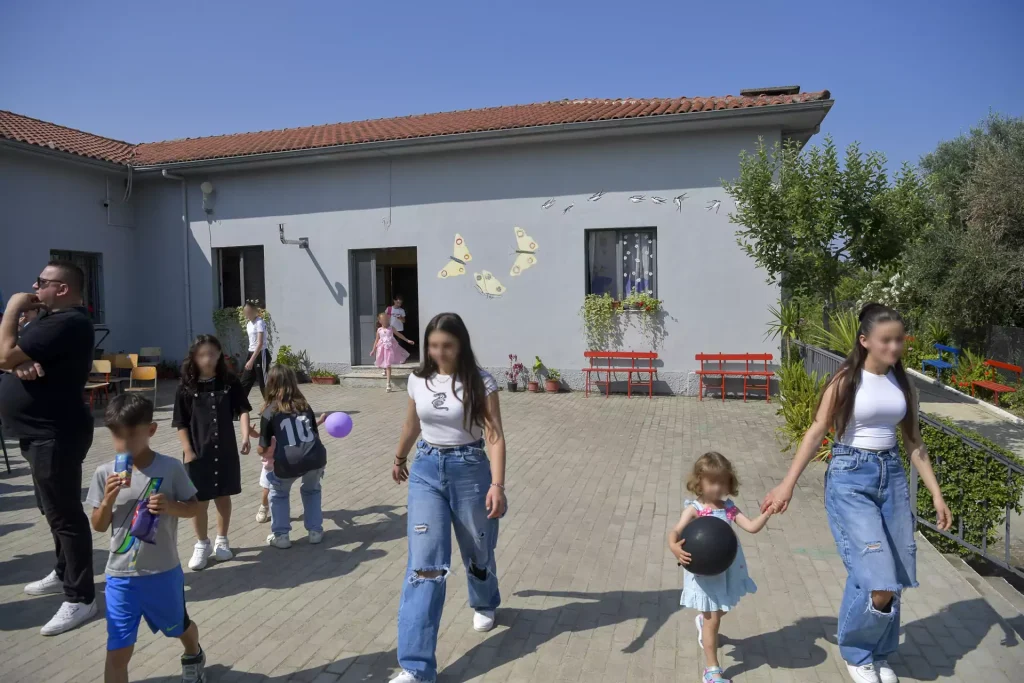
The new school built in Gurrë e Madhe, with a capacity for up to 150 students, remains closed, while children from three villages attend classes at the Daias village school, built in 1957.
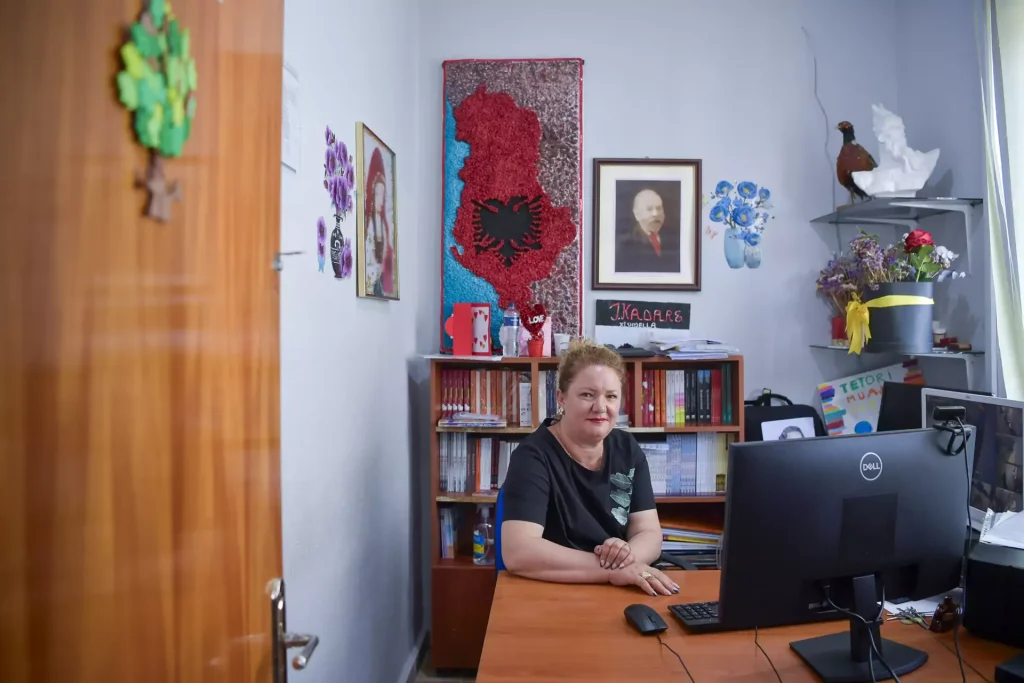
Juliana Jaçaj the Principal of this school, tells Faktoje.al that there are 126 students from primary through nine-year education, with a teaching staff of 13. ‘The conditions are relatively good. The facilities are somewhat cramped because the school was built in 1957, but it has undergone some renovations’, says principal Jaçaj. She admits that the school in the village of Gurrë e Madhe was built more recently and has a larger capacity and better conditions, but she cannot explain why the decision was made for students from three villages to attend classes in a school built in 1957.
Conclusion
Primary and nine-year education is compulsory in the country, but in many areas, especially in rural villages, students are forced to travel several kilometers to attend a designated school. Even when the criteria for combined classes are met, some schools remain closed, despite the high number of teachers looking for jobs. The issue of providing primary and nine-year education services in local areas is considered a promise only partially fulfilled by Minister of Education Ogerta Manastirliu.



